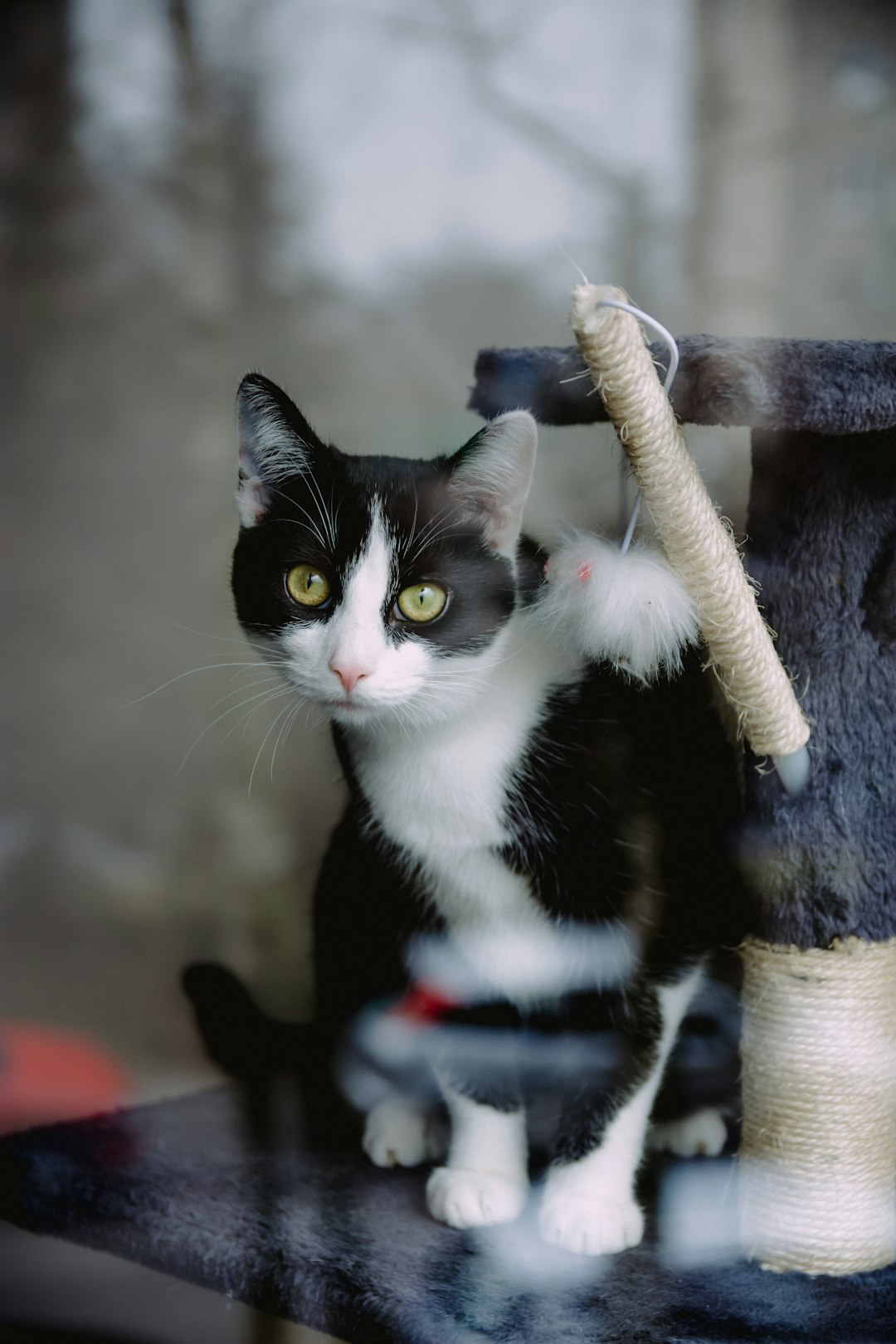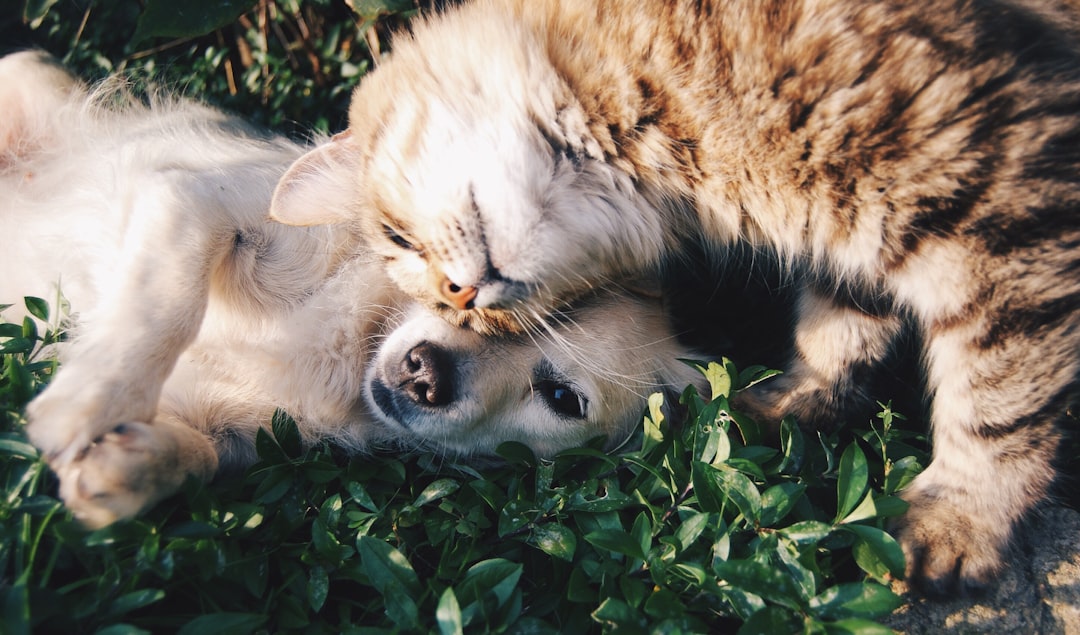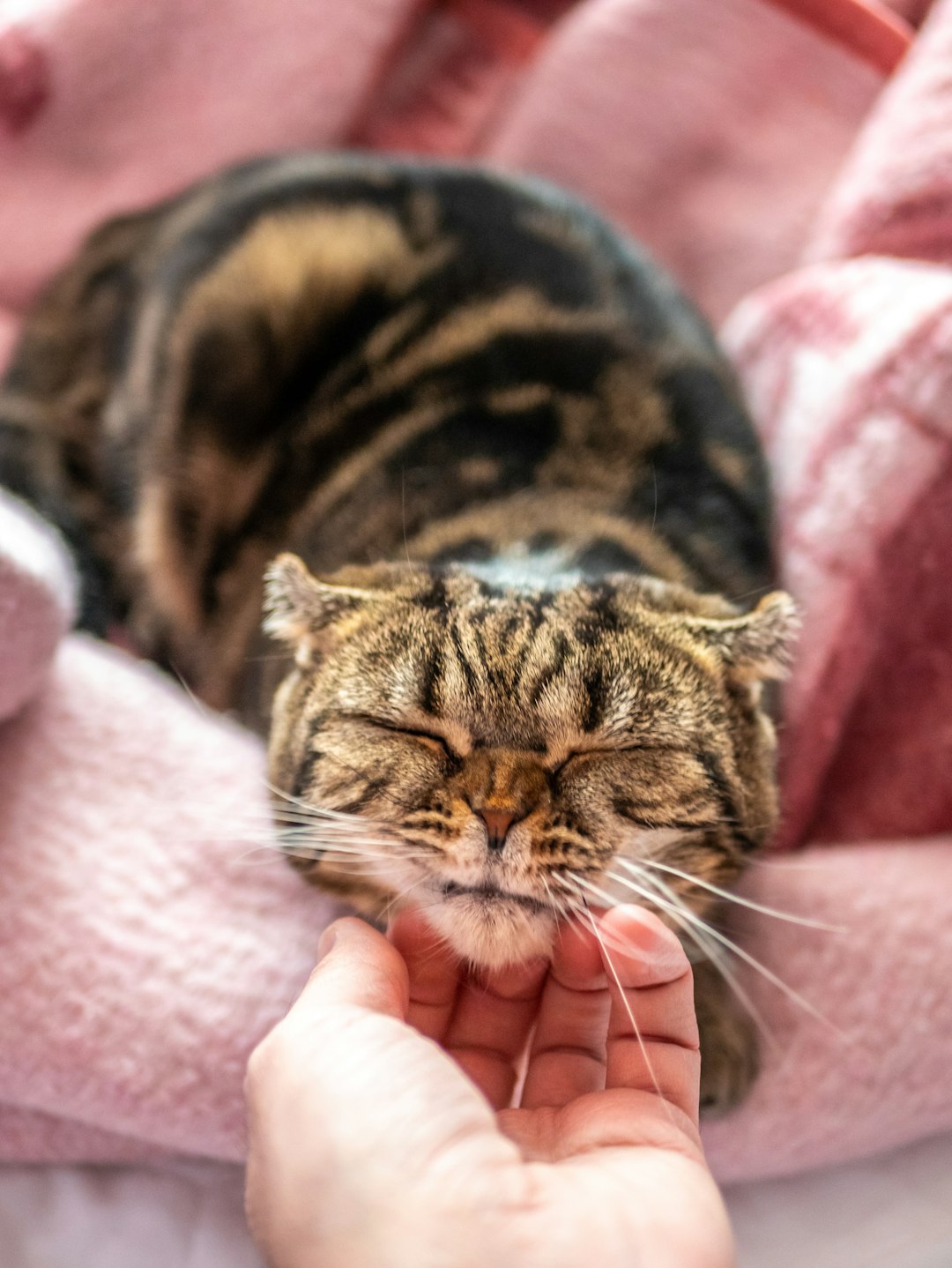Creating a safe and comfortable space for your feline friend is essential, especially when considering an outdoor cat house. These shelters not only protect cats from harsh weather but also provide them with a cozy retreat to enjoy the great outdoors. However, selecting the right location and ensuring essential features are present can significantly enhance your cat’s experience. In this guide, we’ll explore various aspects of outdoor cat houses, from materials to design ideas, helping you create the perfect sanctuary for your beloved pet.
Choosing the Right Location for Your Outdoor Cat House
Selecting the ideal location for your outdoor cat house plays a significant role in keeping your feline friends safe and comfortable. Here are some key factors to consider:
Sheltered Area: Place the outdoor cat house in a spot protected from harsh weather conditions. Look for natural windbreaks, such as trees or bushes, that will shield your cat from rain and strong winds.
Safe from Predators: Ensure the location is away from potential dangers, including wildlife or aggressive pets. Elevating the cat house can help deter unwanted visitors.
Sunlight Exposure: Position the house to receive some sunlight during the day, which helps maintain a cozy temperature inside. However, avoid areas that get too hot to prevent overheating.
Accessibility: Choose a location that is easily accessible for you and your cat. You want to ensure you can regularly check on them and provide necessary supplies.
In essence, the right location for your outdoor cat house should prioritize safety, comfort, and accessibility, ensuring your cats enjoy their new outdoor sanctuary.
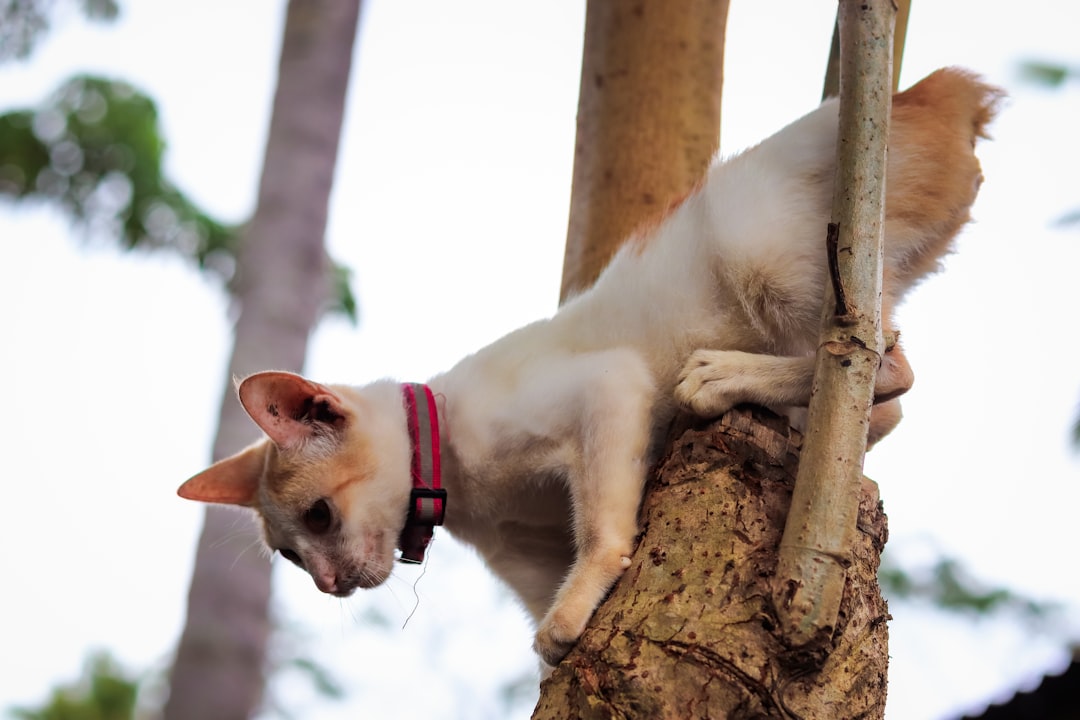
Essential Features of a Safe Outdoor Cat House
When selecting an outdoor cat house, prioritizing safety and comfort is crucial. Here are the essential features to consider:
Sturdy Construction: Ensure the outdoor cat house is built from durable materials that can withstand various weather conditions and potential animal intrusions.
Secure Entry/Exit: Select a design with a secure door that prevents unwanted visitors while allowing your cat easy access.
Ventilation: Proper airflow is vital. Look for designs that include vents or mesh panels to maintain a fresh environment and reduce overheating.
Insulation: Choose an outdoor cat house with adequate insulation to keep your cat warm in the winter and cool in the summer.
Elevated Base: An elevated structure prevents flooding and keeps the house dry. Plus, it offers your cat a vantage point to survey its surroundings.
Non-Toxic Materials: Ensure that all materials used in the construction are safe for pets, avoiding harmful chemicals.
By focusing on these features, you’ll create a safety-oriented haven that your feline friend will love exploring and lounging in.
Materials Best Suited for Outdoor Cat Shelters
When selecting an outdoor cat house, the materials you choose play a crucial role in ensuring your cat’s safety, comfort, and longevity of the shelter. Here are some of the best materials to consider:
Wood:
- Offers natural insulation.
- Requires treatment to prevent rot and insects.
Plastic:
- Lightweight and easy to clean.
- Naturally resistant to moisture and decay.
Metal:
- Can withstand extreme weather conditions.
- Ensure proper insulation as metal can get cold or hot quickly.
Straw or Hay:
- Excellent for insulation and warmth.
- Best used as bedding material inside the house.
Comparison of Materials
| Material | Durability | Insulation | Maintenance | Cost |
|---|---|---|---|---|
| Wood | High | Good | Moderate | Higher |
| Plastic | Moderate | Fair | Low | Moderate |
| Metal | Very High | Poor | Moderate | Higher |
| Straw/Hay | Low | Excellent | Low (but needs replacing) | Low |
In summary, choose materials based on your climate, the level of insulation needed, and how much maintenance you’re willing to commit to. A well-constructed outdoor cat house using the right materials will provide a safe haven for your feline friend.
Insulation and Weatherproofing for Different Climates
When selecting an outdoor cat house, proper insulation and weatherproofing are essential for keeping your feline friend comfortable and safe from the elements. Here’s what you need to consider for different climates:
Cold Climates
- Insulation: Use materials like foam board or fiberglass insulation to keep the interior warm.
- Elevated Floors: Raise the house above ground to prevent moisture accumulation.
- Windproof Features: Install windbreaks or flaps at entrances to block chilly drafts.
Hot Climates
- Ventilation: Opt for mesh windows or vents to enhance airflow within the outdoor cat house.
- Reflective Materials: Use lighter colors or reflective surfaces to deflect sunlight and minimize heat buildup.
- Shade Solutions: Position the cat house in shaded areas to protect against direct sun exposure.
Wet Climates
- Waterproofing: Choose materials like treated wood or plastic that can withstand moisture.
- Sloped Roofs: Design a roof that slopes to ensure rainwater drains away from the entrance.
- Drainage: Incorporate drainage holes in the base to keep the interior dry.
By considering these factors, you can create a safe and cozy outdoor cat house tailored for your geographic needs.

Design Ideas for Functional and Aesthetic Cat Houses
When choosing an outdoor cat house, it’s important to balance functionality with aesthetics. Here are some design ideas to create an inviting space for your feline friend:
Natural Materials: Consider wooden designs that blend seamlessly with your garden. Cedar and plywood offer durability and weather resistance.
Elevated Structures: An elevated outdoor cat house keeps your pet dry and safe from pests. Cats love to observe their surroundings from a height.
Multi-Level Designs: Create interest with a multi-story cat house that offers play areas and cozy nooks, encouraging exploration and enrichment.
Themed Houses: Design your outdoor cat house in a style that matches your home or garden. From rustic cabins to modern minimalist styles, the possibilities are endless.
Add Features: Incorporating elements like scratching posts and ledges can enhance the house’s functionality while giving it a unique touch.
By selecting thoughtful designs, your outdoor cat house can be both practical and visually appealing, enhancing your garden while providing a safe refuge for your furry companion.
Tips for Introducing Your Cat to Their New Outdoor House
Introducing your cat to their new outdoor cat house can be a smooth process with the right approach. Here are some key tips to ensure a positive experience for both you and your feline friend:
Start Slowly: Allow your cat to explore the outdoor cat house at their own pace. Place it in a safe location and let them sniff around before entering.
Positive Reinforcement: Use treats or their favorite toys to encourage your cat to approach the house. Reward them when they step inside to create a positive association.
Familiar Scents: Rub familiar blankets or items inside the outdoor cat house. This helps your cat feel more comfortable and secure with their new space.
Supervised Visits: Initially, supervise your cat’s time outside. Gradually increase the duration as they become more accustomed.
Patience is Key: Some cats may take longer than others to adjust, so be patient and don’t force them.
By implementing these tips, you can help your cat embrace their outdoor cat house as a safe haven, making outdoor adventures enjoyable for them.
Maintenance and Cleaning of the Outdoor Cat House
Keeping your outdoor cat house in top shape is crucial for your cat’s safety and comfort. Regular maintenance and cleaning ensure a healthy environment for your feline friend. Here are some important tips:
Regular Cleaning Schedule
- Weekly Check: Inspect the outdoor cat house weekly for any debris, dirt, or pests.
- Deep Clean: Every month, perform a thorough clean using pet-safe disinfectants.
Cleaning Process
- Remove Debris: Take out any bedding, litter, or waste.
- Scrub Surfaces: Wipe down all surfaces, focusing on hidden corners where dirt accumulates.
- Rinse and Dry: Rinse thoroughly and let the house dry completely to avoid mold growth.
Maintenance Tips
- Inspect Structure: Regularly check for wear and tear on the materials; fix any damage immediately.
- Protect Against Weather: Ensure proper sealing and waterproofing to prevent leaks during rain.
Seasonal Considerations
- Winter Prep: Insulate and check for drafts before the cold months.
- Summer Maintenance: Ensure shade and ventilation to keep the outdoor cat house comfortable.
By following these steps, you’ll create a welcoming refuge for your outdoor cat that remains safe, clean, and inviting.
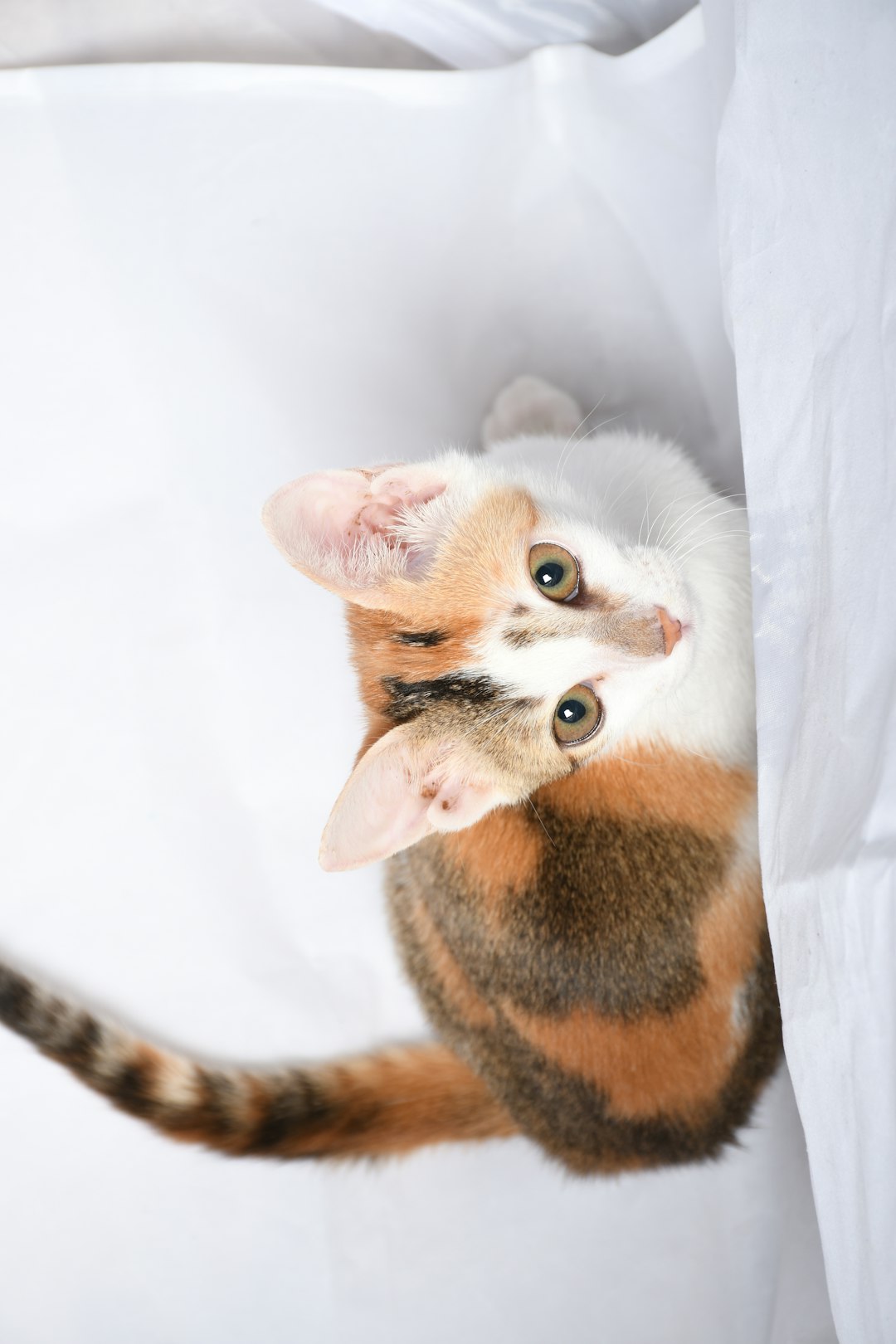
Benefits of Providing an Outdoor Shelter for Cats
Creating an outdoor cat house offers multiple benefits that enhance your feline’s life and well-being. Here are some key advantages:
Protection from Weather Elements: An outdoor cat house shields your pet from harsh weather conditions, including rain, snow, and intense sunlight.
Safe Space for Exploration: It provides a designated area where cats can safely engage with the outdoors, exploring their environment without the risks of predators or traffic.
Health Benefits: Regular time spent outdoors can improve your cat’s physical and mental health, reducing anxiety and encouraging natural behaviors like climbing and playing.
Enhanced Comfort: A well-designed outdoor cat house can offer cozy bedding and insulation, ensuring your cat stays warm and comfortable during colder months.
Reduced Boredom: By having access to an outdoor space, your feline can enjoy varied scenery, which helps stave off boredom.
Investing in an outdoor cat house not only caters to your cat’s instincts but also contributes to their overall happiness and health. Making this addition ensures your furry friend enjoys both comfort and safety in their outdoor adventures.
Frequently Asked Questions
What materials should I look for when choosing an outdoor cat house?
When selecting an outdoor cat house, prioritize durable, weather-resistant materials that ensure insulation and protection. Consider materials like treated wood, which can withstand various weather conditions, as well as plastics that resist fading and cracking. Additionally, look for features such as waterproof roofs or vented designs, which provide proper airflow. By choosing high-quality materials, you’ll create a safe and comfortable space for your feline friend.
How do I ensure my outdoor cat house is safe from predators?
To protect your outdoor cat house from predators, consider placing it in a secure location, away from tall grass or dense bushes where attackers might hide. You should also elevate the house slightly above ground to deter snakes and other ground threats. Installing a sturdy door or a cat flap can help, as well as using materials that are difficult for predators to breach. Regularly inspecting the area around the house for signs of danger is also wise.
Can I make my own outdoor cat house, and what design should I follow?
Absolutely, you can create a DIY outdoor cat house using simple materials and tools. Popular designs include a heated insulated box, a small wooden shed, or a raised platform with a roof. Ensure the design is cozy, easy to clean, and allows for proper ventilation. Incorporating weatherproofing materials, like tarps for roofs and insulated walls, will enhance comfort. Be sure to follow safety principles such as rounded edges and secure construction to keep your cat safe.
How do I maintain an outdoor cat house?
Maintaining an outdoor cat house involves regular cleaning, roof inspections, and ensuring proper insulation. Clean the interior frequently to prevent odors and pests, using safe cleaning products. Inspect the roof for any wear and tear, especially after storms, to ensure it remains waterproof. Additionally, check and replace any insulation material as needed to keep your cat warm during colder months. Keeping the surrounding area clear of debris will also protect the house from pests.

